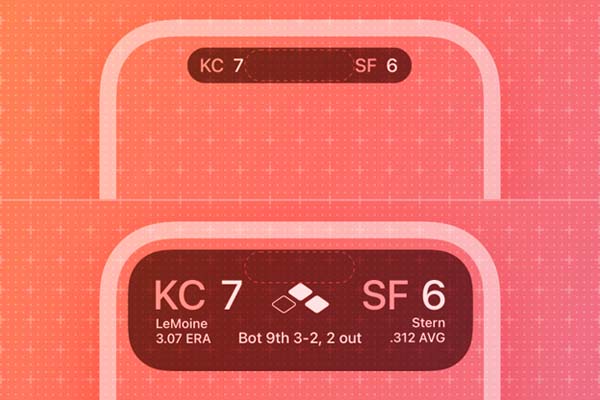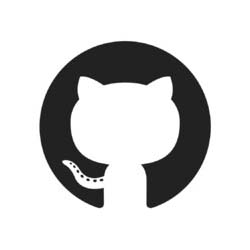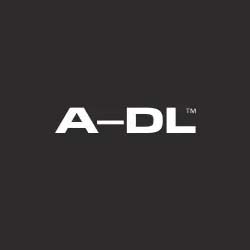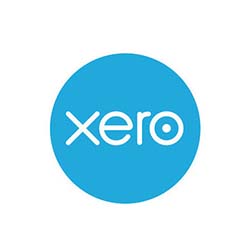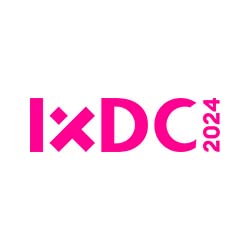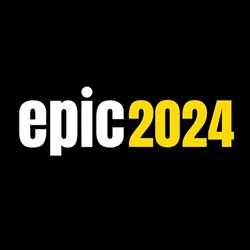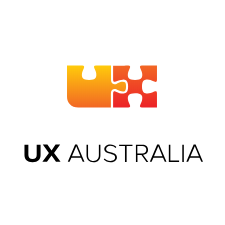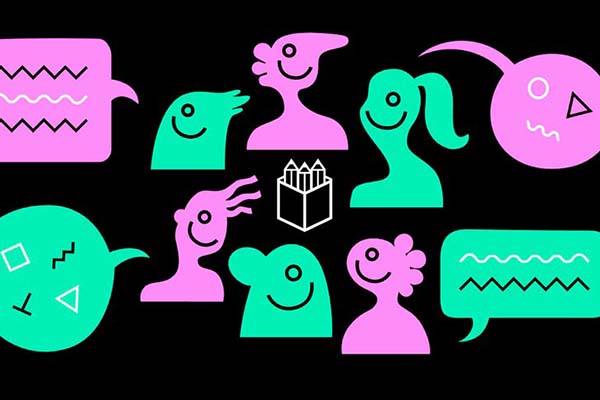How to kickstart a career in UX
- Read and familiarize yourself with UX process and methodology
- Attend UX research as a participant
- Learn at least one relevant software
- Apply for an internship at a UX agency
- Build your portfolio
- Apply for a job in UX the right way
- Exposure and networking through meetups for local UX community or UX events
1. Read and familiarize yourself with UX process and methodology
If you are a working professional looking to make a career switch into UX, firstly make sure that you have read the article below on the complete guide of the UX process and methodology and start acting like a pro: UX Process and Methodology
Whether you are aiming to be a UX Designer or UX Researcher, it is important to understand the jargons, methodology, and principles behind each of the UX process, from user research, design, wireframing, prototyping, testing to implementation and launch. For UX Designer, pay extra attention to design and wireframing while aspiring UX Researcher should read more on the different qualitative and quantitative research methods.
For a student who hasn’t decided on what to major in university, check out the UX/ HCI programs in the world here.
2. Attend UX research as a participant
Most UX agencies and research projects run UX researches very frequently and are always in need of participants of different profiles.
You can search for the UX agencies in your country here and if they are in need of participants, email them that you are interested to participate in their research. They will certainly contact you or keep you in their database.
By attending the research sessions as a participant, you will be able to gain the first-hand experience of UX research. This will be useful for both UX Designer and UX Researcher alike.
3. Learn at least one relevant software
If you aim to be a UX Designer, you do not need to learn programming or coding skills but you will need to have proficiency in at least one of the design tools like Figma, Sketch, Adobe XD, Illustrator, Balsamiq or similar tools.
For UX Researcher, you will need to have experience in a programming language commonly used for data manipulation and computational statistics, such as Python, R, Matlab, C++, Java or Go, and with SQL.
See below for the full education, working experience, software, programming language and traits desired for a UX Designer or UX Researcher:
4. Apply for an internship at a UX agency
This is what you will put under relevant working experience in your resume and this is one of the points that you will aggressively sell to your recruiters during the interviews. Having a relevant working experience will distinguish you from your peers without one.
5. Build your portfolio
Create an online portfolio or even a personal website to showcase your working experience and your designs. This is especially important for an aspiring UX Designer. Showcase all your designs, from school projects, internships to your freelance works in your portfolio to demonstrate what you can do and deliver.
6. Apply for a job in UX the right way
Do not randomly search for a job. Instead, apply for a job in UX the right time in the right channel. Tech companies such as Google, Apple, Microsoft, Amazon, etc. have their own career page listing all their career opportunities in different geographical locations. Visit their page regularly for any openings.
7. Exposure and networking through meetups for local UX community or UX events
You will never go wrong by personally knowing more people in the industry. Moreover, you will know what is happening and the latest trends in the industry. Browse for the latest UX events and conferences here.
Tips: If you are a student, some of the events in the directory offers student pass with a significant discount on the fee.




